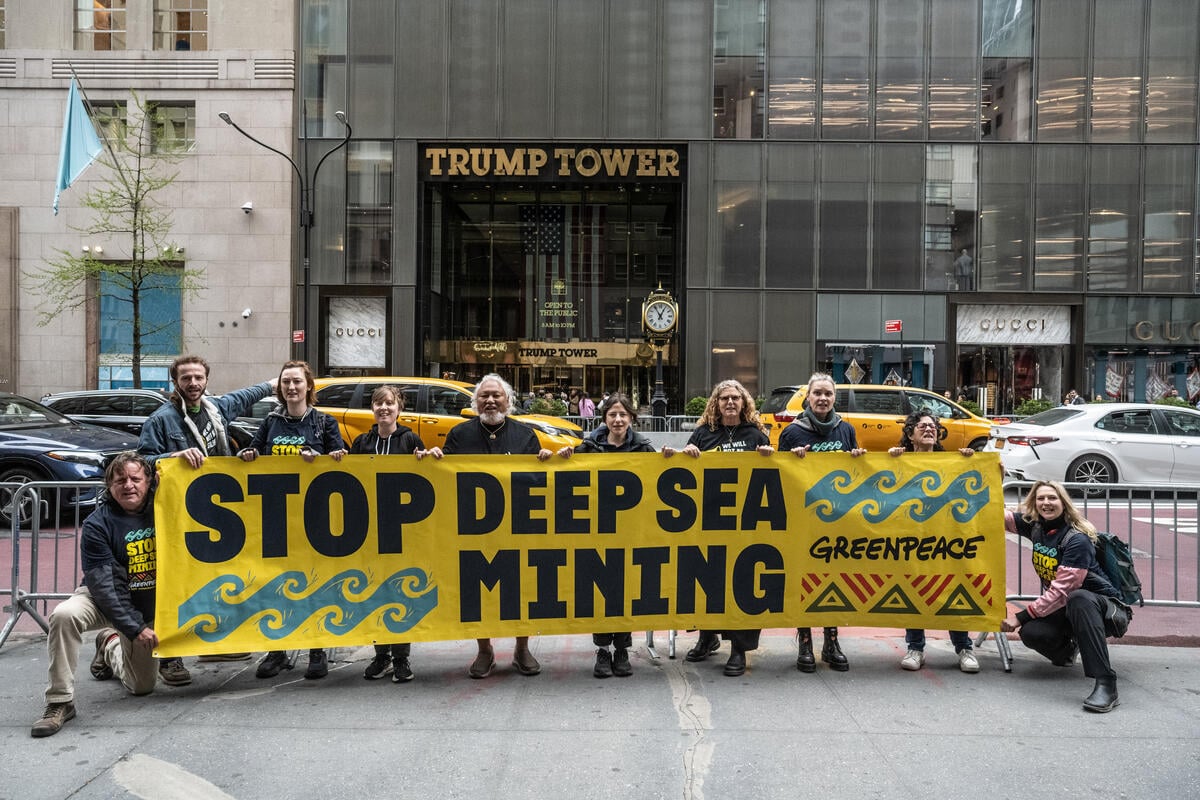Amsterdam, The Netherlands – Ahead of the next meeting of the Commission for the Conservation of Antarctic Marine Living Resources (CCAMLR), starting on Monday 16 October[1], Greenpeace warns that the organisation will continue to come short of its responsibility for Antarctic conservation. Every year, CCAMLR is able to agree new fishing licenses, but when it comes to marine protection, it has consistently failed to deliver a clear path forward on long promised new protected areas. There are no signs this will change in 2023 after the failed special meeting on Marine Protected Areas (MPAs) in June.
While the Commission fails to deliver protection, the threats facing the Antarctic continue to worsen. Industrial fishing pressure, ocean warming and pollution continue to threaten the Antarctic, with no sign of these pressures abating.
Jehki Härkönen, Ocean Policy Advisor, Greenpeace International, said:
“Every year at CCAMLR it’s the same story. For six years now, all progress has been blocked and no new MPA has been created, because the system of consensus decision making allows member states to veto any proposal.[2] We have wasted enough time. If CCAMLR is serious about conserving Antarctic marine ecosystems, as stated in its mandate, and make a major contribution towards protecting 30% of the oceans by 2030, the states members must step up and make their priorities clear.”[3]
Marine sanctuaries encourage vital biodiversity and provide food security for the billions of people that rely on our oceans. By securing ecosystem resilience in the face of the rapidly escalating climate change, MPAs are essential to tackling the climate crisis. But at present, less than 5% of the Southern Ocean is fully protected, despite a commitment from the Commission to have completed a representative network of marine protected areas by 2012.[4]
At the end of September, alarming preliminary new figures showed Antarctic sea ice has likely hit the low winter maximum, more than one million square kilometres (386,000 square miles) below the previous record set in 1986, exposing the damage wrought by climate change on one of the most fragile yet crucial regions on Earth.[5]
ENDS
Notes:
[1] The Antarctic Ocean Commission (CCAMLR) will meet between October 16-27.
[2] Last MPA created by the CCAMLR was Ross Sea in 2016, the world’s biggest ocean sanctuary.
[3] All governments agreed under the Convention on Biological Diversity in 2022, for 30% of the high seas to be protected from all destructive human activities. This would create space for marine life and habitats to recover from centuries of exploitation.
[4] Currently about 11.98% of the Southern Ocean is protected in MPAs, with 4.61% being encompassed by no-take areas. Progress towards a representative network of Southern Ocean protected areas – PMC
[5] Although the US National Snow and Ice Data Center (NSIDC) says the preliminary figures may change slightly, from its current 16.96 million square kilometres, the expected maximum winter sea ice level is likely to be the lowest in 45 years of satellite records.
Contacts:
Magali Rubino, Global media lead for Greenpeace’s Protect the Oceans campaign, based in Greenpeace France-Luxembourg: [email protected] +33 7 78 41 78 78 (GMT+2)
Greenpeace International Press Desk: [email protected], +31 (0) 20 718 2470 (available 24 hours)



